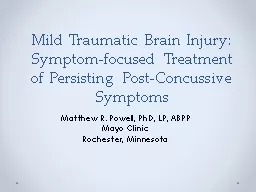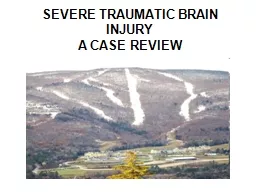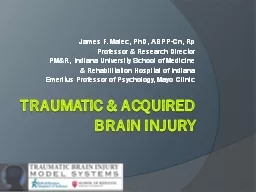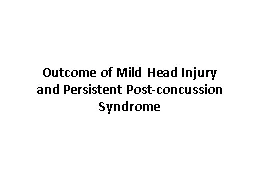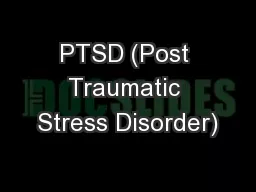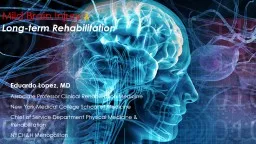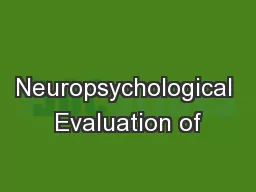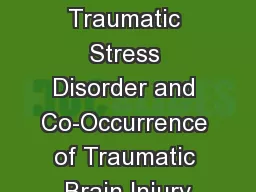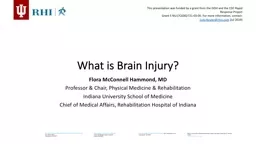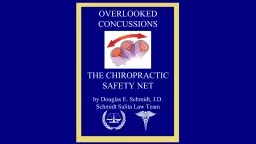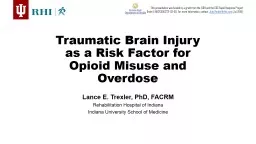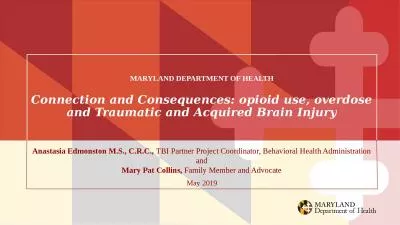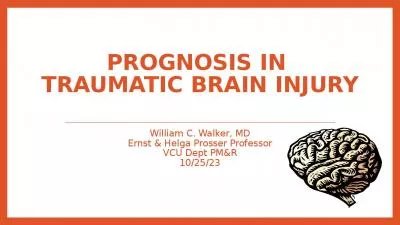PPT-Mild Traumatic Brain Injury: Symptom-focused Treatment of Persisting Post-Concussive Symptoms
Author : myesha-ticknor | Published Date : 2020-01-25
Mild Traumatic Brain Injury Symptomfocused Treatment of Persisting PostConcussive Symptoms Matthew R Powell PhD LP ABPP Mayo Clinic Rochester Minnesota Overview
Presentation Embed Code
Download Presentation
Download Presentation The PPT/PDF document "Mild Traumatic Brain Injury: Symptom-foc..." is the property of its rightful owner. Permission is granted to download and print the materials on this website for personal, non-commercial use only, and to display it on your personal computer provided you do not modify the materials and that you retain all copyright notices contained in the materials. By downloading content from our website, you accept the terms of this agreement.
Mild Traumatic Brain Injury: Symptom-focused Treatment of Persisting Post-Concussive Symptoms: Transcript
Download Rules Of Document
"Mild Traumatic Brain Injury: Symptom-focused Treatment of Persisting Post-Concussive Symptoms"The content belongs to its owner. You may download and print it for personal use, without modification, and keep all copyright notices. By downloading, you agree to these terms.
Related Documents

